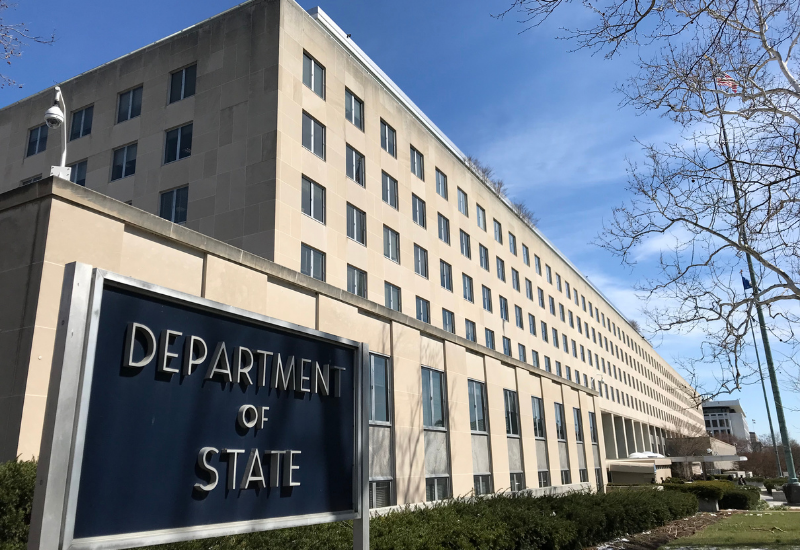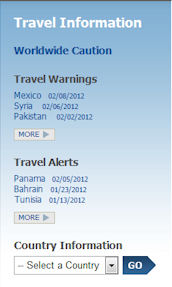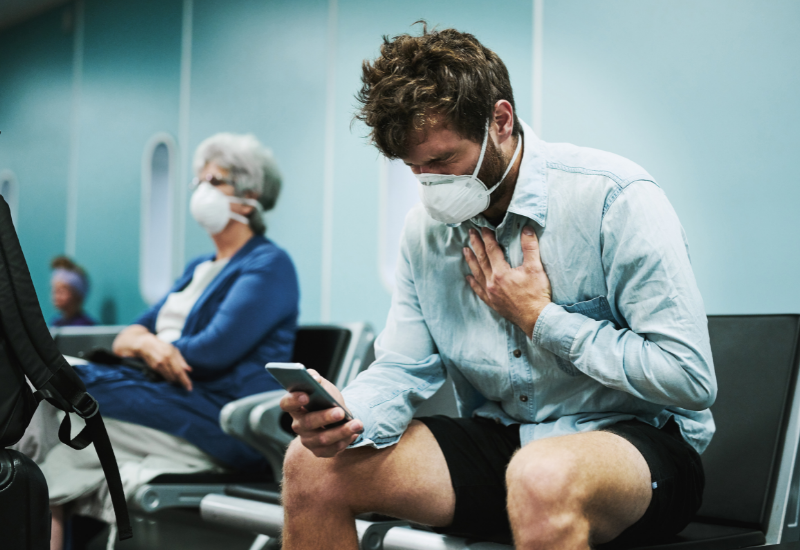Check the US State Department Travel Alerts and Warnings
10 February 2012
Travel Advisory and Guidance
One of the first steps every traveler should make when planning a trip abroad is to check the travel advisories and guidance provided by the US State Department, a branch of the federal government. Travel conditions can change rapidly in any country of the world, and staying up-to-date on these alerts and warnings can help keep you safe when you travel.
The US State Department issues two very distinct levels of travel cautions:
- Travel Alerts
- Travel Warnings
Very briefly, a travel warning is similar to a tornado warning. Warning are considered more significant than alerts. A travel alert is designed to make a traveler aware – to alert them to certain dangers.

What’s a Travel Alert?
The State Department will issue a travel alert for a particular area when there are short-term safety or security conditions that pose significant risk to American citizens. These include situations like: natural disasters, terrorist attacks and anniversaries of terror attacks, civil coups, election-related demonstrations or violence and high-profile events such as international conferences or regional sporting events (like the Olympics).
Travel alerts are typically issued with an expiration date. As an example, when the US State Department issued a travel alert on the risks of traveling the Pan-American Highway in western Panama due to some violent clashes over mining rights. That travel alert expired on February 20th, when the government believed the danger would have passed. If the danger continues past the original expiration date, the State Department may issue an updated travel alert with a new expiration date.
See the current list of US State Department Travel Alerts now.
What’s a Travel Warning?
The State Department will issue a travel warning for a particular area when the region has experience long-term and protracted security or safety conditions that make travel to that country dangerous. When the State Department deems it’s necessary to warn American citizens to avoid travel to that country with a travel warning, it’s also important to note that the US government’s ability to assist their citizens in that area is likely to be severely constrained as a result of conditions on the ground, reduction in staff or closure of the local embassy, or both.
As an example, think back to when the US State Department issued a travel warning on the dangers of travel to Mexico as a result of long-term violence and crime related to drug cartels. The number of US citizens reported as murdered in Mexico during 2011 was 120, which is far higher than that of 2007 when only 35 were killed. Many US citizens were the victims of carjackings, kidnappings, and highway robbery in Mexico during 2011. Because the violence at that time showed no immediate signs of stopping, a travel warning (not an alert) was issued.
See the current list of US State Department Travel Warnings now.
How Does a Traveler Stay Informed – Crisis or No?
Smart travelers will want to stay informed of situations that the US State Department considers worthy of an alert or warning, no matter where they go in the world. The mission of the State Department is to protect the lives of US citizens abroad, so it’s in a traveler’s best interest to keep updated whether or not the situation is at a crisis level.

Before you travel
It’s important to note that the government’s role for American travelers in a crisis is perhaps more limited than you might expect. As a result, US travelers going abroad are strongly encouraged to check the travel cautions prior to making their travel plans. In addition, travelers are also encouraged to watch the travel.state.gov website for updates as this is the primary tool for traveler safety information dissemination.
Travelers can always see the current list of latest alerts and warnings on the travel.state.gov website home page, but the media may or may not pick up and broadcast the cautions issued by the US government. This means that you cannot rely on radio, print, or televised media to let you know when conditions in a particular area have shifted.

How to find out the travel risk for your destination
You can access all the safety and security information for a particular travel destination on the country page. It’s quick and easy; just type the name of the country you want to travel to in the search box. The information specific to that country appears with the travel advisories right at the top of the country page.
Each country page has consistently organized details. You’ll want to pay special attention to the entry and exit requirements to know what documents, forms of identification, visas and even vaccinations you need to enter the destination.
Local laws and customs
The section on local laws and customs is helpful for understanding how to operate safely within the country. This section is especially helpful for LGBTQ+ travelers who want to understand their rights within the country they are traveling. This section is also helpful for travelers with disabilities. You can learn what types of accessible facilities are available on public transportation, etc.
Health
The section on health will show you the number to dial for emergency services in the country (hint: it’s probably NOT 911). This section will also tell you the medical insurance requirements within the country as well as required vaccinations. You can also read about the air quality; which can be especially helpful for parents with children who have asthma.
Travel Recommendations for US Citizens
Before planning a trip outside the US, check the State Department country-specific pages. Here’s how to get started figuring out the international travel guidelines for your destination:
- Start with the travel advisories at the top of the page.
- Check the quick facts to make sure you know the passport and visa rules for your trip.
- Look through the entry and exit requirements to make sure you understand the rules, including how long you can travel within the country on a tourist visa.
- Read the Safety and Security section to understand what crime to watch out for in the country. Not all countries have the same types of regular crime. The section will also tell you what the US embassy can do to help US travelers.
- Regularly take medication? Make sure you check to make sure your prescription is allowed in the country you want to travel. Not all medications that are prescribed in the US can legally be taken into all countries. You’ll also want to make sure you know how to replace your prescriptions abroad in an emergency.
Note the embassy details
With a smartphone that works in the country where you are traveling, you can always look up the travel.state.gov site. Just in case your phone is out of battery or can’t connect to Wi-Fi, take a note of how to contact the US embassy.
Pro tip: Copy the embassy info to a note in your phone and print it to stick in your passport.
Enroll in the Smart Traveler Enrollment Program (STEP)
This will enable you to receive real-time alerts and warnings for your destination. Joining the STEP program makes it easier for you to be located in an emergency, even an emergency you don’t know is happening.
The service is free and it can help you stay safe. It also helps family and friends get in touch with you if an emergency happens.
COVID-19 Travel Restrictions for American Citizens
Since the start of the COVID-19 global pandemic, the State Department has keep up-to-date COVID-19 travel information for each country. In the country pages, you an find the current vaccination and testing rules.

Where to Travel During COVID
The rules for travel during COVID change rapidly and often. If you’re concerned about where to travel during COVID, check the COVID-19 Country Information page to learn the specifics by country.
Start by selecting the country where you want to travel.
The State Department updates the information often and you’ll see the last time the page was updated right at the top. In the country-specific pages, you’ll find information about rates of infection, what types of vaccination, quarantine and/or testing is required to enter the country, and whether or not US citizens are allowed in the country. You will also find out what restrictions there are on movement about the country, which may influence your decision to go.
As you can see, the State Department’s website is a wealth of timely information that goes beyond alerts and warnings. It’s the perfect place for a US traveler to start when planning any international trip.
Damian Tysdal is the founder of CoverTrip, and is a licensed agent for travel insurance (MA 1883287). He believes travel insurance should be easier to understand, and started the first travel insurance blog in 2006.

